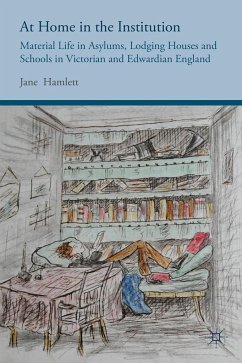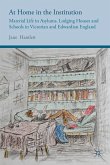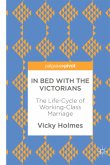'From billiard tables to window boxes, Jane Hamlett's innovative and perceptive study challenges stereotypical representations of austere utility, revealing the multiple, gendered and class-specific uses of material culture to domesticate institutional life, and to reconfigure relationships between residents and the homes they had left behind.'
- Vivienne Richmond, Goldsmiths, University of London, UK
'Based on meticulous and wide-ranging research, this book opens up fresh approaches to the study of institutions by looking beyond rule books and the records of state agencies with their 'disciplinary' ambitions, to unearth complex experiences of life within institutions, skilfully blending analysis of material culture and space with critical interpretation of narratives of institutional life gleaned from biographies and popular representations.'
- Alastair Owens, Queen Mary, University of London, UK
'This is an innovative and thought provoking book. Its impressive research, subtle analysis and nuanced discussion enable Hamlett to provide a fascinating picture of the complex and contradictory ways inmates used the material world to appropriate and transform, at times poignantly, the vision of home and domesticity that authorities had imagined when creating the interiors of the institutional spaces they inhabited.'
- Michèle Cohen, Institute of Education, University of London, UK
- Vivienne Richmond, Goldsmiths, University of London, UK
'Based on meticulous and wide-ranging research, this book opens up fresh approaches to the study of institutions by looking beyond rule books and the records of state agencies with their 'disciplinary' ambitions, to unearth complex experiences of life within institutions, skilfully blending analysis of material culture and space with critical interpretation of narratives of institutional life gleaned from biographies and popular representations.'
- Alastair Owens, Queen Mary, University of London, UK
'This is an innovative and thought provoking book. Its impressive research, subtle analysis and nuanced discussion enable Hamlett to provide a fascinating picture of the complex and contradictory ways inmates used the material world to appropriate and transform, at times poignantly, the vision of home and domesticity that authorities had imagined when creating the interiors of the institutional spaces they inhabited.'
- Michèle Cohen, Institute of Education, University of London, UK








